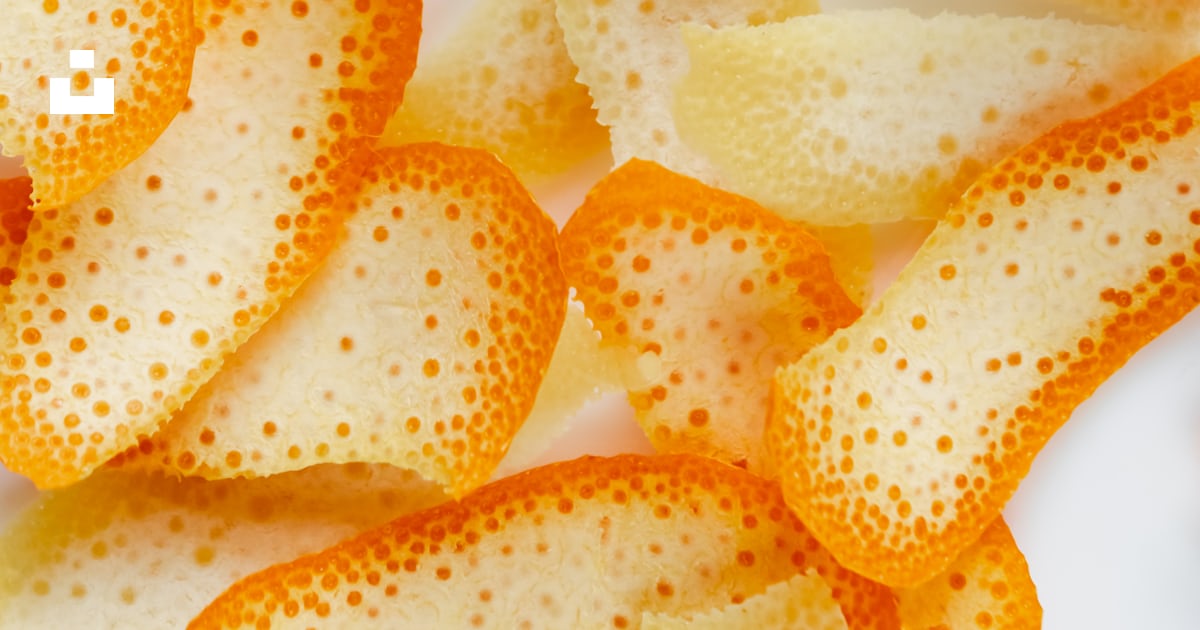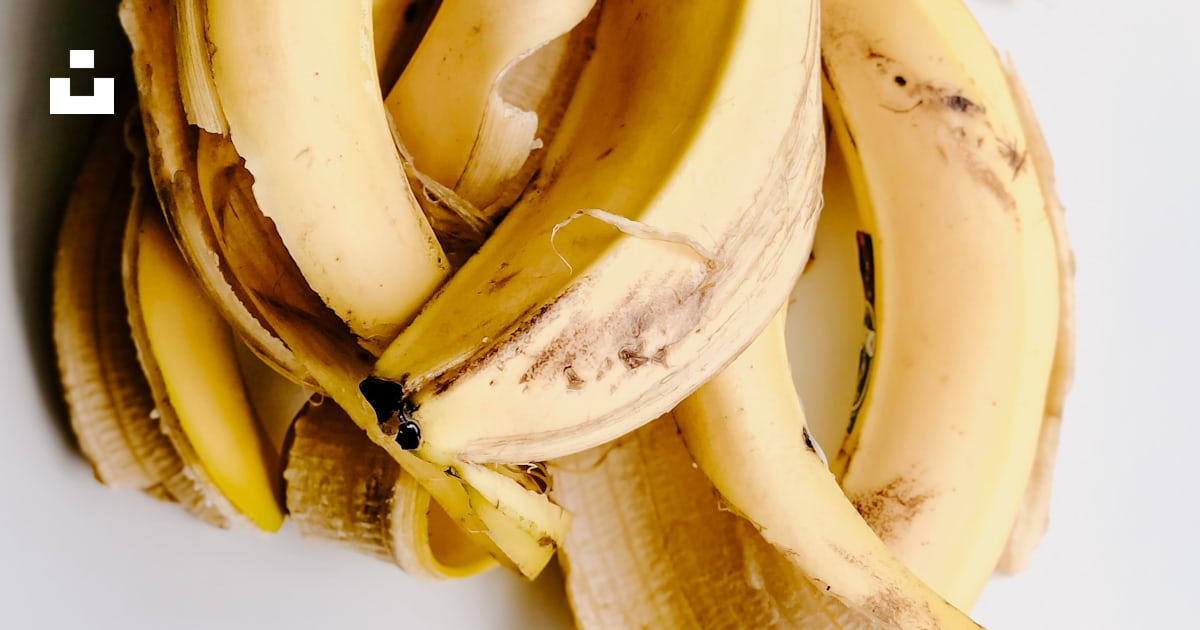If you’re trying to help out our struggling environment but aren’t sure where to begin, look no further than your own kitchen. From reducing methane emissions to saving your own wallet, the benefits of reducing food waste are endless. Here are four ways to reuse your fruit scraps instead of tossing them into the trash!
Orange Peels

Unsplash on unsplash
Tangy and sweet, we know oranges as the member of the citrus family that’s kindest to our taste buds. Whether you eat them in slices, wedges, or drink them freshly squeezed, you’re sure to finish snacking with a pile of peels left behind. Among a number of other uses, orange peels are a great brown sugar softener. If your brown sugar has gotten hard and clumpy–as it inevitably does with time—place a couple pieces of orange peel with it in an airtight container. The moisture from the peel will soften your sugar back to its original state, and within a few hours, it’ll be ready for use. Before cutting into your next orange, look inside your pantry to check on the state of your brown sugar.
Apple Peels
Apples, one of the most versatile fruits, are deliciously crisp and come in a variety of gorgeous hues. In addition to being wonderfully pigmented, the skin of an apple is also chock-full of fiber and other nutrients, making the best option to simply eat the fruit unpeeled. However, if you opt for the skinless alternative regardless, consider reusing the leftover scraps as an aluminum cleaner. The acid released from the peel will effectively remove any stains or discoloration. Just boil apple peels in a dirty pot for around 30 minutes for a scrub-free method to return your aluminum cookware to new.
Banana Peels

Unsplash on unsplash
Whether you love or hate this polarizing fruit, no one can deny the popularity of the banana. Its health benefits and portability make it the perfect grab-n-go snack. Almost as iconic as the fruit itself is the slippery banana peel—a classic comedic trope. Whether you’ve fallen victim to this cliche yourself or just aren’t a fan of the peel’s persistently lingering smell, you might be surprised by its usefulness in the preparation process of meat. Toss some ripe banana peels into your oven on top of whatever meat is cooking to avoid serving dry and tough meat for your next meal. The nutrients in the peel act as an excellent meat tenderizer by quickly breaking down the proteins in the meat, thus softening it without changing its taste.
Watermelon Rinds
Watermelon is a summertime staple and a personal favorite of mine. Its refreshing pink flesh simultaneously quenches thirst and satisfies sweet-tooth cravings, but it’s easy to forget about another important part of the fruit—the rind. Although much firmer and less sweet than the fruit it surrounds, the rind is actually packed with nutrients and completely edible. Since it is lower in sugar and higher in fiber, eating the watermelon rind helps to slow sugar absorption, preventing blood sugar spikes. Once it's sliced away from the green exterior, it’s not unlike a cucumber in texture and taste. In fact, watermelon and cucumbers are actually distant relatives within the same plant family.
#SpoonTip: Try pickling pieces of cut up watermelon rind for a flavor-packed way to reap its benefits.
Reducing food waste is great for the environment and doesn’t have to be difficult at all. Everything starts with becoming conscious of your habits, so the next time you're about to throw your fruit scraps away, keep these tips in mind!




